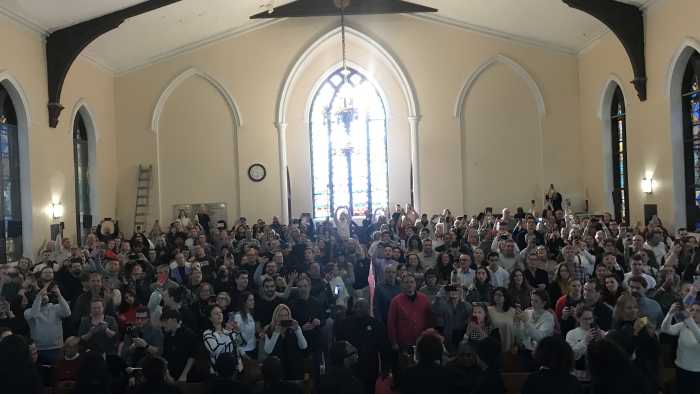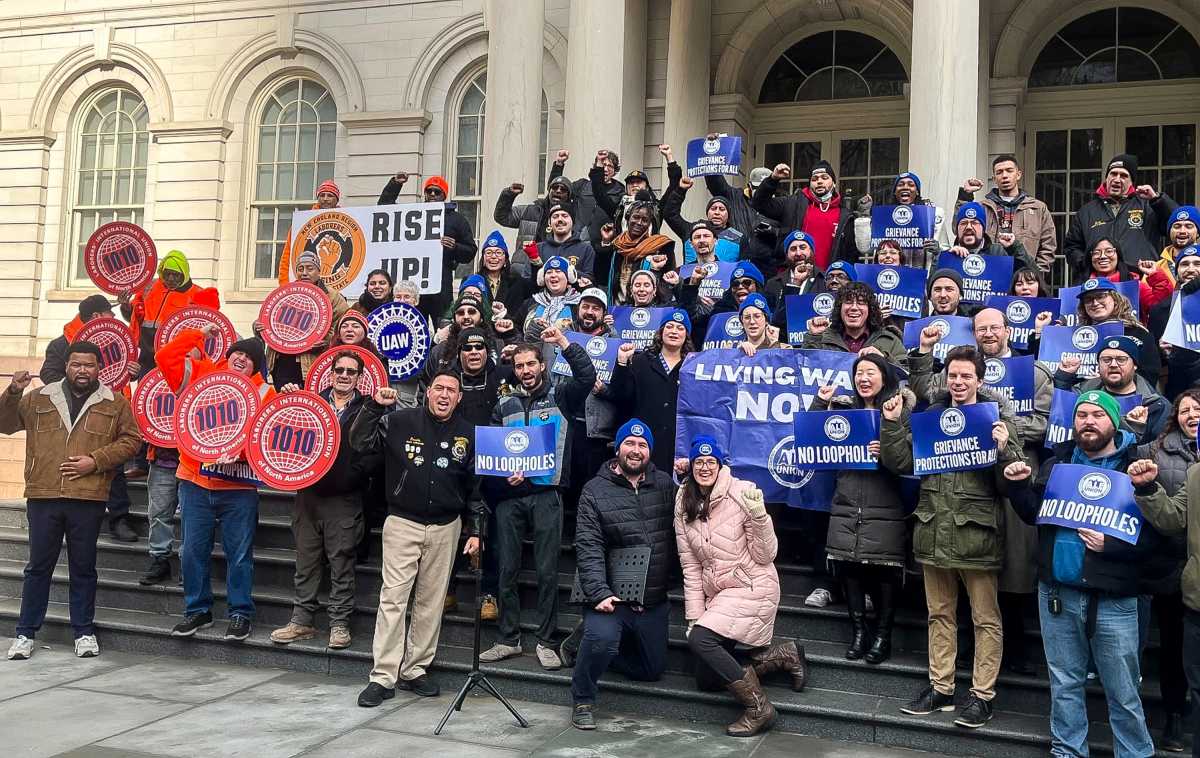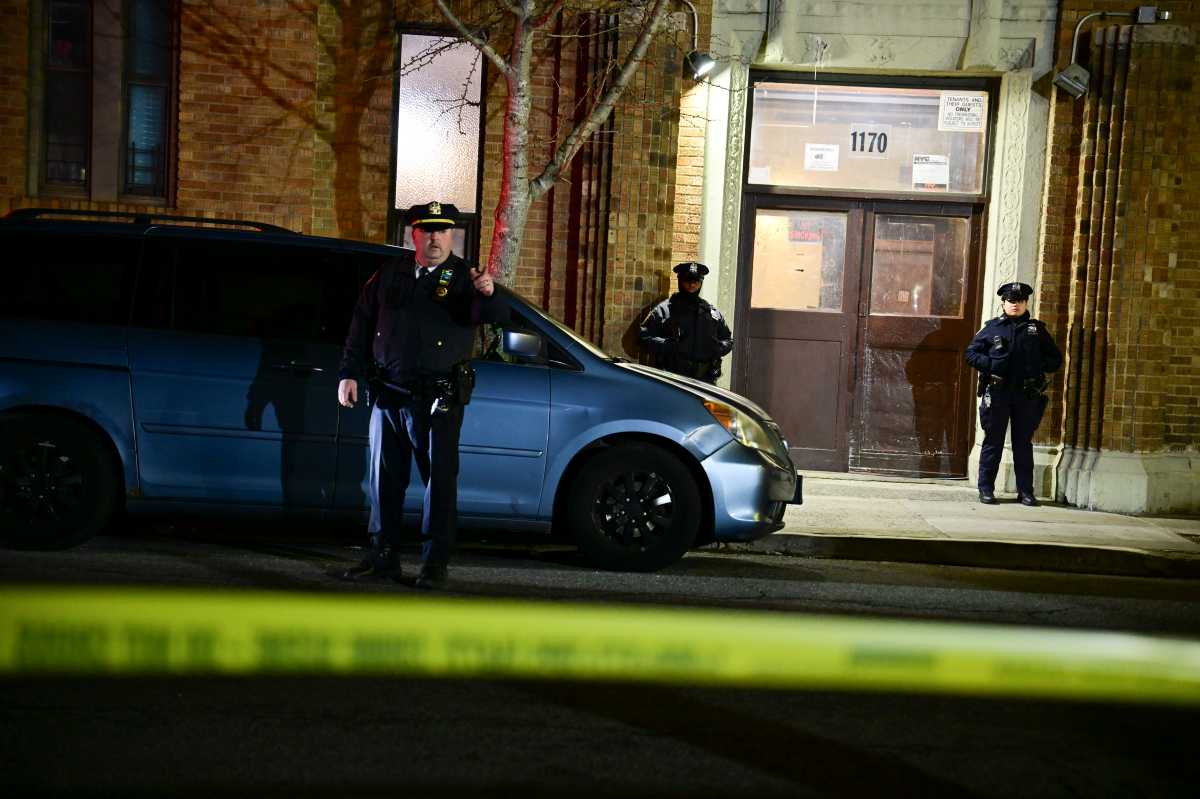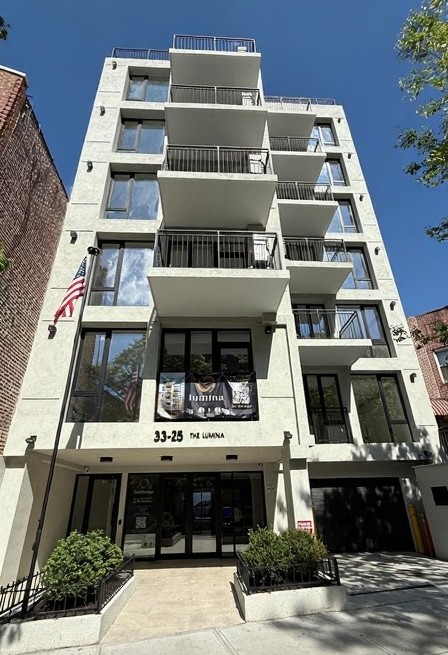Meri, who lives in Yorkville in my Manhattan district, lies awake at night, sleepless with worry over her son Daniel. Born legally blind, Medicaid supported his vision therapy from childhood. The treatment eventually stimulated his optic nerve enough to transmit signals. In his twenties, Daniel can now see. Coupled with the hard work of direct care professionals, this enabled Daniel to become what Meri describes as “an ambulatory, verbal person, with a tremendous amount of charm.” But now she despairs over how much longer these services will be accessible to her son, and over who will care for him after she is gone. In Rhinebeck, ninety miles to the north, Kate’s evenings are also ruled by anxiety. Relentless headlines of nursing home staff shortages and closures has her fearing for the skilled care sustaining her mother, Christina, as well as the home itself: “I cannot imagine what we would do if we didn’t find a good nursing home. For many families in rural areas, our parents are waiting for hours in ERs. When they are ready to leave the hospital, they are waiting for days or more to find a nursing home.”
These two families—inversely positioned from each other by geography and their loved one’s place on the life-stage spectrum—are linked by the Medicaid emergency impacting millions of people with disabilities (PWD) and older adults, with cascading effects that will degrade health outcomes for every New Yorker. Medicaid — the joint federal and state program that provides health insurance and access to long-term care for nearly 7 million New Yorkers— is imperiled like no other moment since its birth in 1965.
As chair of the Aging Committee and former chair of the People with Disabilities Committee, I am marshaling every resource, alongside advocates like LeadingAge NY, New York Disability Advocates (NYDA) and AHRC-NYC, to stabilize our system of care. This week, I reintroduced a bill to provide wage enhancements for direct care professionals who care for New Yorkers with intellectual and developmental disabilities (I/DD) —like the ones working with Daniel— to increase staff retention. I was lead sponsor on laws to support primary caregivers and to improve pathways for more older New Yorkers to “age in place” in their own homes and communities. The one-house budget includes key restorations and I join my colleagues in fighting for their enactment.
How did we get to this inflection point? On the state side of the ledger, families like Kate’s are in distress because New York has underinvested in long-term care providers. The state must match nursing home reimbursement rates with inflation and higher operating costs. From 2008-2025 it has reimbursed providers with a calculus based on the 2007 economy. This has resulted in a $1.7 billion funding gap, with crushing consequences: 32 facilities and 3,500 nursing home beds have been forced to close. Seventy-two thousand beds are in financial jeopardy, including 60% of beds in Manhattan. This capacity drop triggered a destabilizing ripple effect throughout the larger system: Unable to discharge patients into area nursing homes, hospitals find themselves overcrowded, their emergency rooms backed up—New York currently has the 6th longest ER waiting time in the nation—and quality of care deteriorated.
On the federal side, among the most cruel policies of the current administration is the plan to enact the largest Medicaid cut in history, an estimated $2.3 trillion, so they may fund their misguided priorities. The threat to everyday New Yorkers is dire.
According to the Community Service Society, nearly half of NYC’s population—four million children and adults—plus another 3 million residents statewide, depend on Medicaid (The federal government provided around 63% of the total cost in 2023). These include residents like Daniel and other people with I/DD. And older adults like Christina, who have earned the right to live out the rest of their lives in a comfortable and safe environment.
The federal agenda is as fiscally-irrational as it is inhumane. As Meri also stated, intervention therapies for Daniel allowed him a degree of independence that meant significant public savings over institutional care, an outcome that is reflected systemwide. This current plan defies compassion and common sense.
We have to stand together as New Yorkers to counter this grave threat and to protect our families and friends who are aging and/or people with disabilities. Because as we’ve learned from Meri and Kate, caring for a loved one is neither a partisan issue or an upstate-downstate issue. It’s a human issue that affects all of us.
Assembly Member Rebecca A. Seawright represents the Upper East Side, Yorkville and Roosevelt Island. The first woman to serve her district, she was the Assembly lead sponsor of the ERA to the New York Constitution, which voters enacted in 2024. She is Chair of the Aging Committee, which oversees agencies and legislation affecting New York’s nearly 5 million older adults’ quality of life and independence.







































